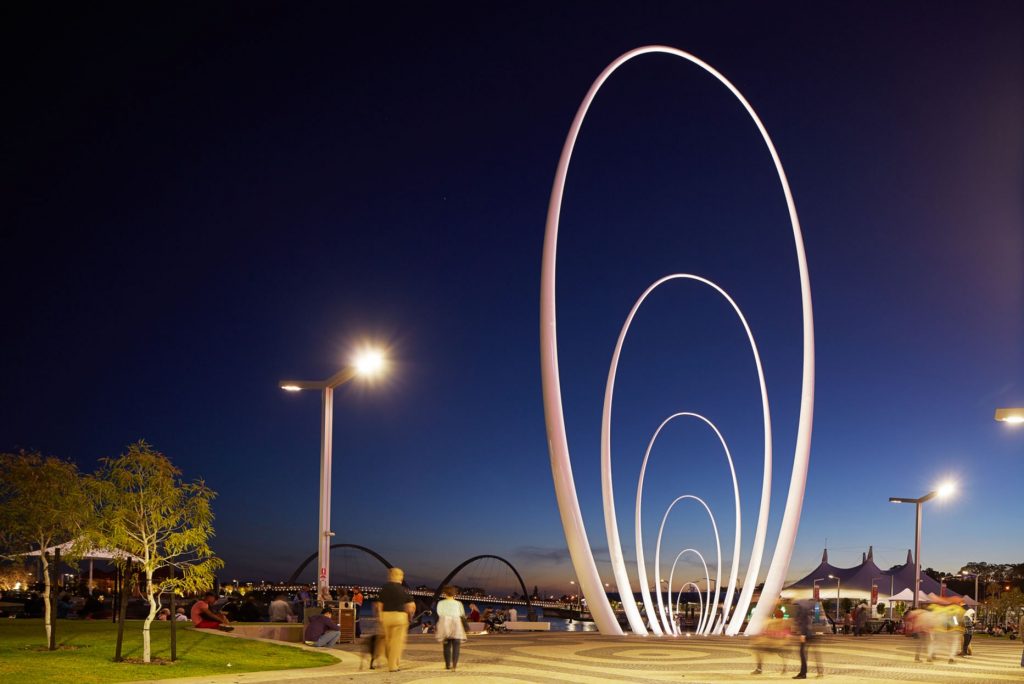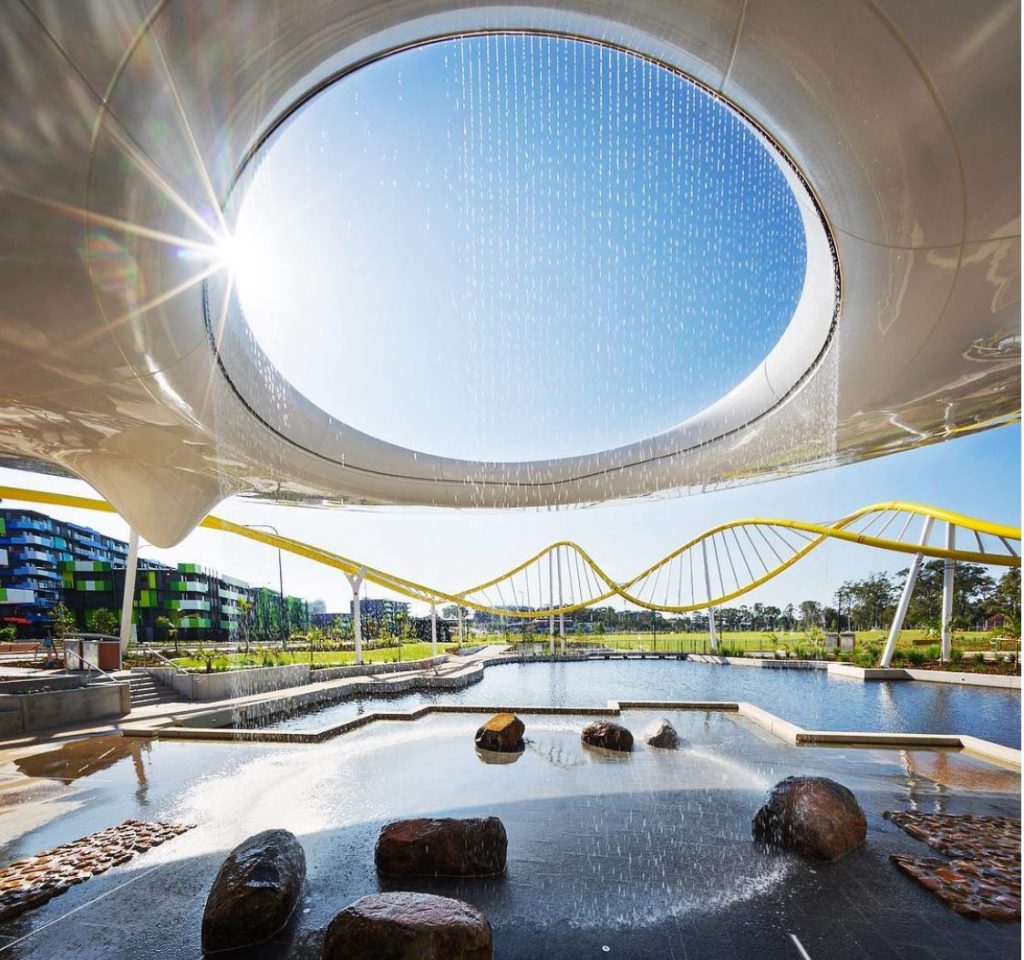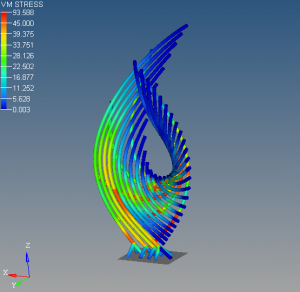Carbon fiber reinforced polymer (CFRP) stands as the material of choice for applications demanding superior structural integrity. Its composition allows it to effortlessly withstand high loads while maintaining minimal deflection, making it a robust solution for engineering challenges. Unlike conventional materials, CFRP requires distinct engineering and design approaches due to its unique properties. Previously perceived as exclusive to luxury automotive and aerospace sectors, the decrease in raw material prices and the expansion of fabrication options have democratized access to this advanced technology, extending its benefits to a broader spectrum of clients and industries.

Pictured above is the Spanda sculpture located in Elizabeth Quay in Perth. Director of AM-A Adam Mitchell has been recognised as one of Australia’s most innovative engineers by the peak body Engineers Australia. The sculpture stands 30m tall and is the tallest carbon fibre civil structure in the world. Read more about Spanda on ArchDaily.
Capabilities
- EuroComp design code computations and certification
- National construction code – Part F structural certification of composites
- Specifications and designs for tender and fabrication.
- Resin selection
- Laminate stack design
- Tooling requirements
- Strength and stiffness requirements to meet AS1170 loads and deflection criteria.
- Buyers advocacy and QA oversight
- Full 3D and 2D CAD documentation
Composite facades
Fiber-reinforced polymer (FRP), also known as glass-reinforced polymer (GRP), is a composite material widely utilized in the aerospace and marine sectors. The recent decrease in costs, coupled with innovative architectural designs, has spurred its adoption in the construction industry. However, due to stringent fire engineering standards for facades, careful consideration is required when selecting the appropriate polymer and fiber blend. AM-A possesses extensive knowledge of various composite solutions and their implementation across the aforementioned industries.
 Parklands disc – ARM Architecture – ShapeShell FRP
Parklands disc – ARM Architecture – ShapeShell FRP
AM-A offers a complete design, documentation and certification service for FRP structures used in civil and public art applications
Finite element analysis (FEA)
When to use FEA
- Complex geometry that classical stress analysis techniques struggle to break down
- Complex material behaviour such and carbon fibre and glass fibre
- Mass critical. Whether from a performance or cost perspective
- Safety critical. Get a higher level of confidence in the design by gaining a deeper understanding of load paths and stresses.
- AM-A technical specialists are familiar with the latest analysis techniques covering everything thing from linear static to transient non-linear solutions.

